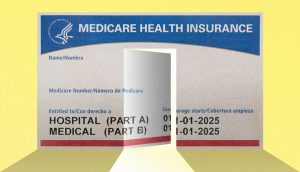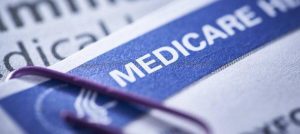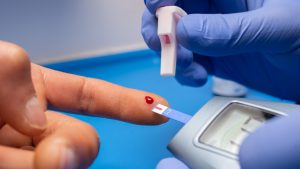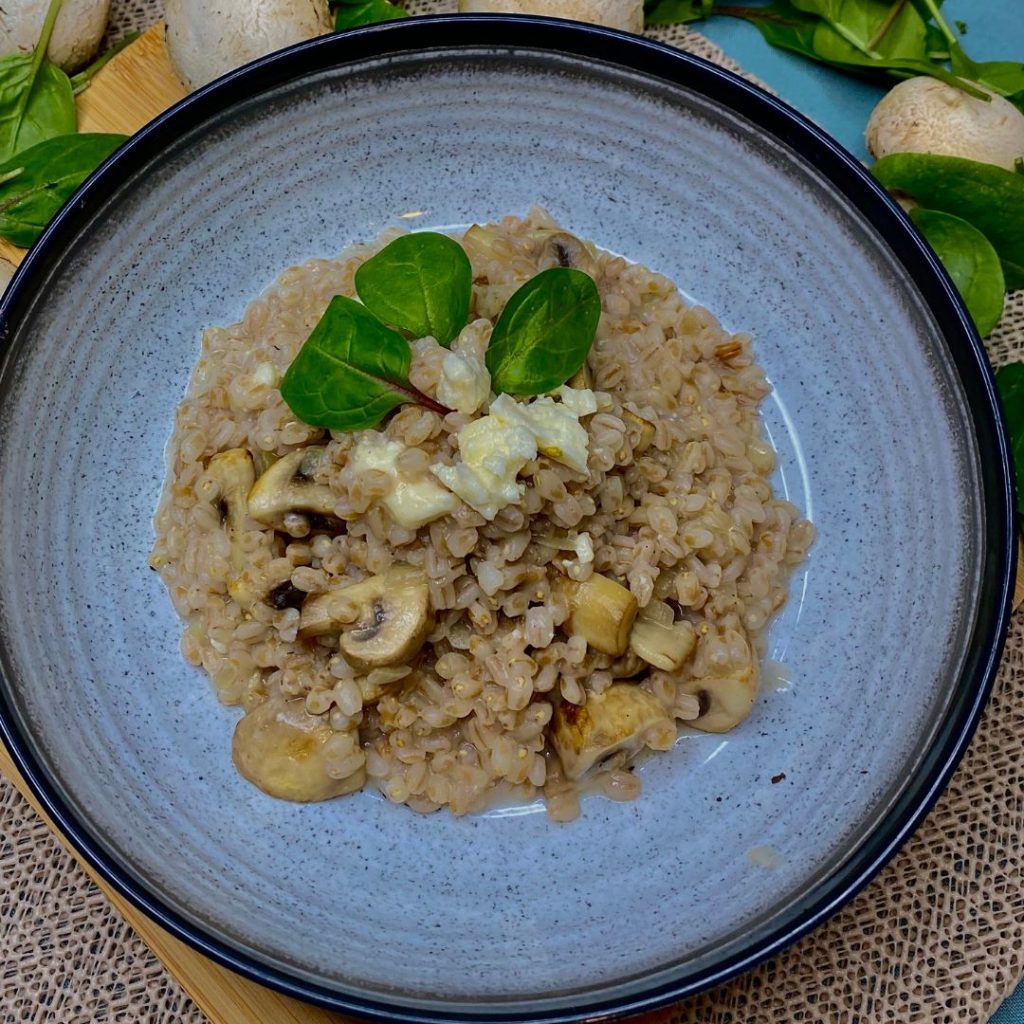If you’re looking for a way to simplify your cooking while keeping your meals delicious and diabetes-friendly, meal prepping is the way to go! With a little planning and preparation, you can create a week’s worth of nutritious meals that help you manage your blood sugar levels. Let’s dive into the essentials of meal prep and discover how easy it can be!
Why Meal Prep?
Meal prepping is not just a trend; it’s a game-changer for anyone looking to maintain a healthy lifestyle. Here are some key benefits:
- Saves Time: Spend less time cooking each day by preparing meals in advance. This means more time for you to enjoy other activities!
- Portion Control: Pre-portioned meals help prevent overeating and keep your servings in check.
- Reduces Stress: With meals ready to go, you’ll feel less pressure to make quick, often unhealthy, food choices when hunger strikes.
- Improved Nutrition: Planning your meals allows you to incorporate a variety of healthy ingredients, ensuring you’re getting the nutrients your body needs.
Step 1: Planning Your Meals
Planning is the first step to successful meal prep. Here’s how to get started:
- Create a Weekly Menu: Sit down each week and decide what you want to eat. Include a variety of proteins, vegetables, and whole grains to keep things interesting.
- Use Recipes: Look for diabetes-friendly recipes that you enjoy. This will make you excited to cook and eat what you prepare!
- Consider Leftovers: Plan meals that can easily be doubled or transformed into something new for lunch the next day.
Step 2: Smart Grocery Shopping
Now that you have a plan, it’s time to hit the grocery store!
- Make a Shopping List: Write down all the ingredients you’ll need for your planned meals. This will help you stay focused and avoid impulse buys.
- Choose Fresh and Whole Foods: Opt for fresh vegetables, lean proteins, and whole grains. Try to steer clear of processed foods that can spike blood sugar levels.
Step 3: Preparing Your Meals
Preparation is key to successful meal prepping. Here’s a step-by-step guide:
- Set Aside Time: Dedicate a few hours on the weekend (or a day that works for you) to prepare your meals.
- Cook in Batches: Prepare large quantities of grains (like brown rice or quinoa), proteins (such as grilled chicken or baked fish), and roasted vegetables. This will serve as the base for multiple meals.
- Portion Everything Out: Once your food is cooked, divide it into individual portions in airtight containers. This makes it easy to grab and go throughout the week.
Example Meal Plan
Here’s a sample meal plan to get you started:
- Breakfast: Overnight oats with chia seeds, almond milk, and berries.
- Lunch: Quinoa salad with black beans, corn, bell peppers, and a lime vinaigrette.
- Dinner: Grilled salmon with steamed broccoli and sweet potato.
- Snacks: Hummus with carrot sticks, and a small handful of nuts.
Step 4: Storage and Reheating
Proper storage is essential for keeping your meals fresh:
- Use Quality Containers: Invest in good-quality, BPA-free containers that are microwave and dishwasher safe.
- Label and Date: Don’t forget to label your meals with the date they were prepared to ensure freshness. Most meals can be stored in the fridge for up to four days or frozen for longer storage.
- Reheating Tips: When it’s time to eat, make sure to reheat your meals thoroughly to enjoy them safely.
Conclusion
Meal prepping is a fantastic way to stay organized and committed to your health. By planning and preparing your meals in advance, you can take control of your eating habits and make healthier choices effortlessly. Remember, every small step counts, and you’ll feel empowered knowing that nutritious meals are just a container away!
If you have any questions or need more tips, don’t hesitate to reach out. We’re here to support you on your journey to a healthier, happier you! 💚
Join Our Recipe Program!
Ready to elevate your meal prep game? Join our Healthy Easy Eats program for diabetes-friendly recipes that make cooking enjoyable and stress-free! With easy-to-follow cook-alongs, expert insights, and new recipes each month, you’ll have everything you need to succeed. Start your FREE 30-day trial today—no credit card required—and discover how fun and delicious healthy eating can be!

Type 2 Diabetes: Is It Really Reversible?
A recent National Geographic article [link] explores how type 2 diabetes could be reversible with the right approaches. This condition, which affects millions of people worldwide, has long been considered a chronic and progressive disease. However, recent research challenges this perception and suggests that with lifestyle changes and the right approach, remission is possible. The

How Do GLP-1 Drugs Compare? A Breakdown of Ozempic, Mounjaro, and Trulicity
GLP-1 receptor agonists have revolutionized diabetes management, with drugs like Ozempic, Mounjaro, and Trulicity leading the market. But how do these medications compare in terms of effectiveness, side effects, and patient outcomes? Let’s explore their differences and what they mean for diabetes patients. Understanding GLP-1 Medications GLP-1 receptor agonists mimic a natural hormone that helps

Why Has Medicare Spending on Diabetes Medications Skyrocketed in 5 Years?
In the past five years, Medicare spending on diabetes medications has increased nearly fivefold, reaching $35.8 billion in 2023. This surge has been primarily driven by the growing use of GLP-1 drugs such as Ozempic, Mounjaro, and Trulicity. But what is behind this cost escalation, and how does it affect patients and the U.S. healthcare

The Gut Microbiota and Blood Sugar Control: A Hidden Connection
The human gut is home to trillions of bacteria that play a crucial role in digestion, immune function, and even metabolism. Recent research has revealed a fascinating link between the gut microbiota and blood sugar regulation, shedding light on how the balance of microbes in our intestines can influence diabetes risk and overall metabolic health.

The Dawn Phenomenon: Why Blood Sugar Rises While You Sleep
For many people with diabetes, waking up with high blood sugar levels can be frustrating—especially if they didn’t eat anything overnight. This early-morning spike in blood glucose is known as the Dawn Phenomenon, and it happens due to natural hormonal changes in the body. But why does it occur, and how can it be managed?

The Influence of Red Light on Blood: Can It Improve Diabetes?
Type 2 diabetes is a metabolic disease characterized by insulin resistance and elevated blood glucose levels. In the search for complementary alternatives to improve glycemic control, red light therapy has gained attention due to its potential to enhance circulation, reduce inflammation, and optimize cellular function. But what does science say about it? ✨ What is

